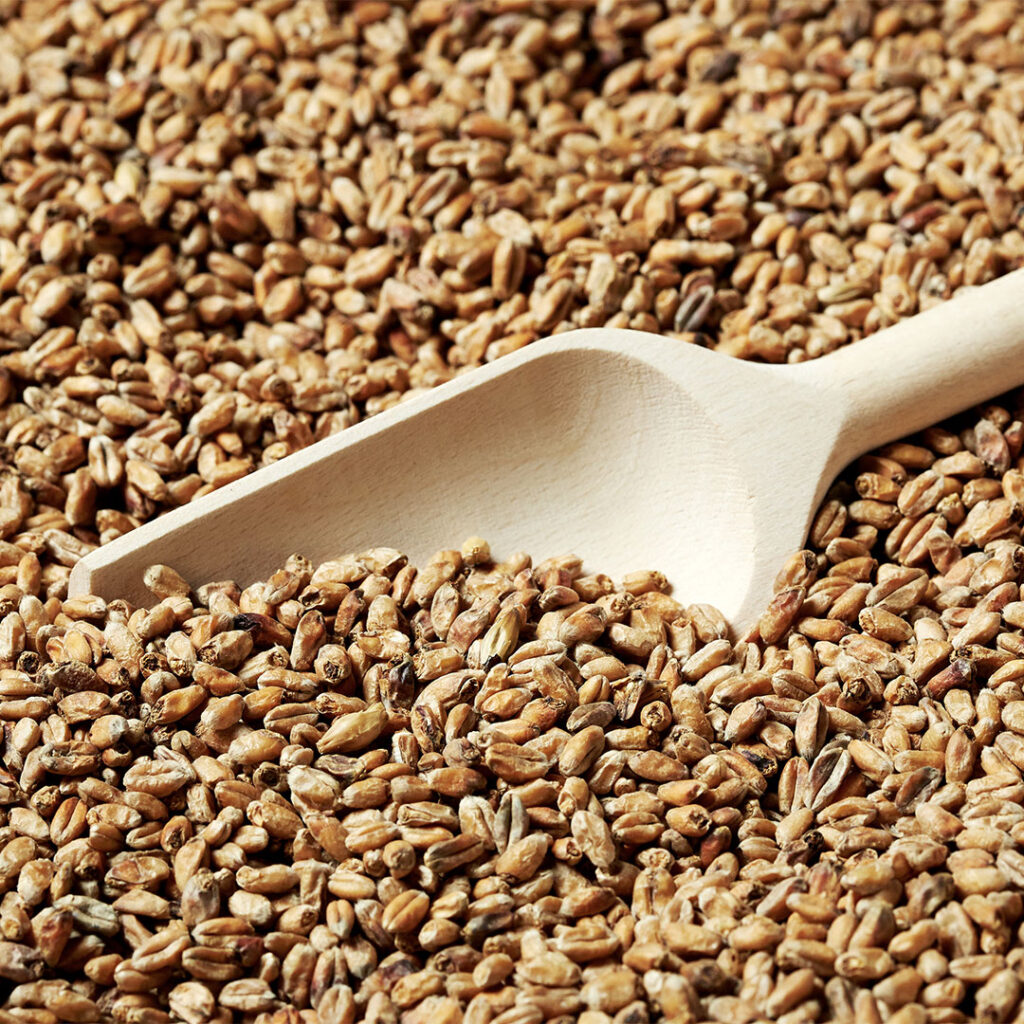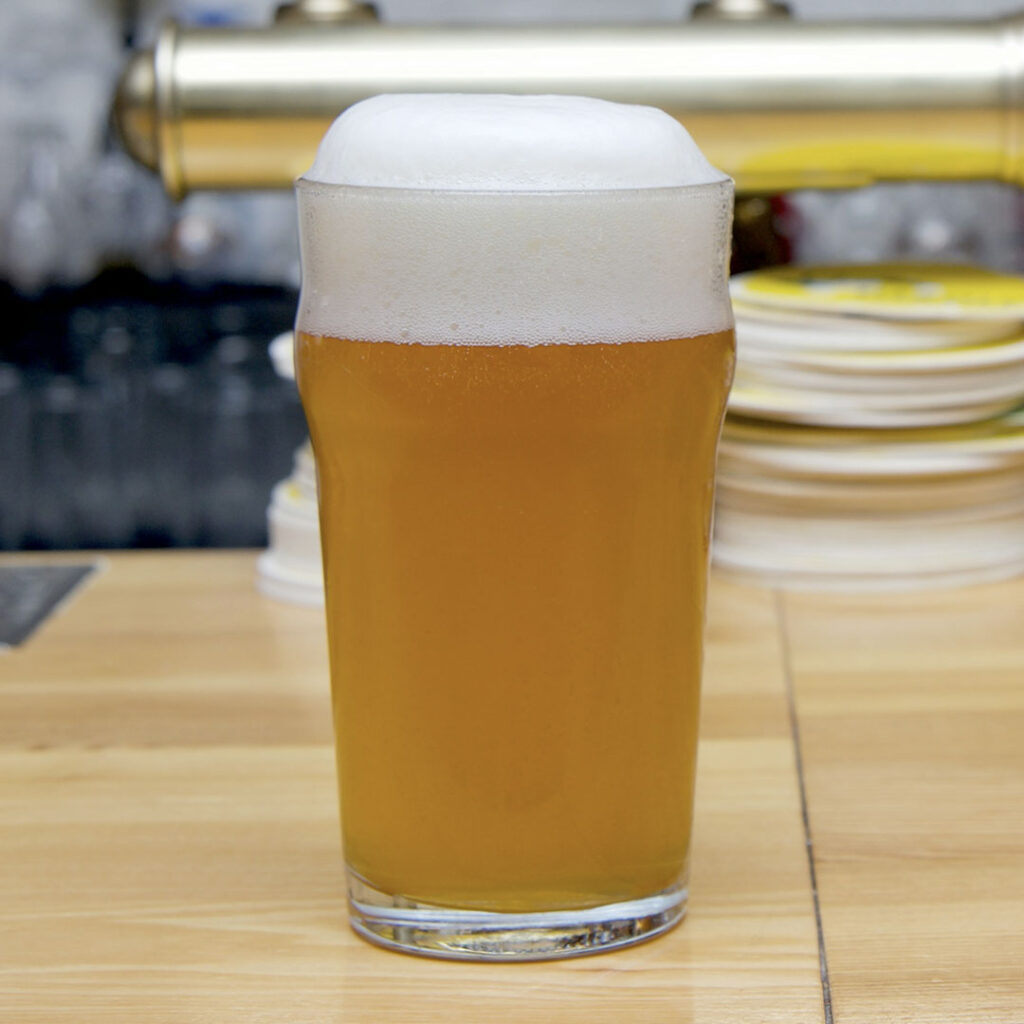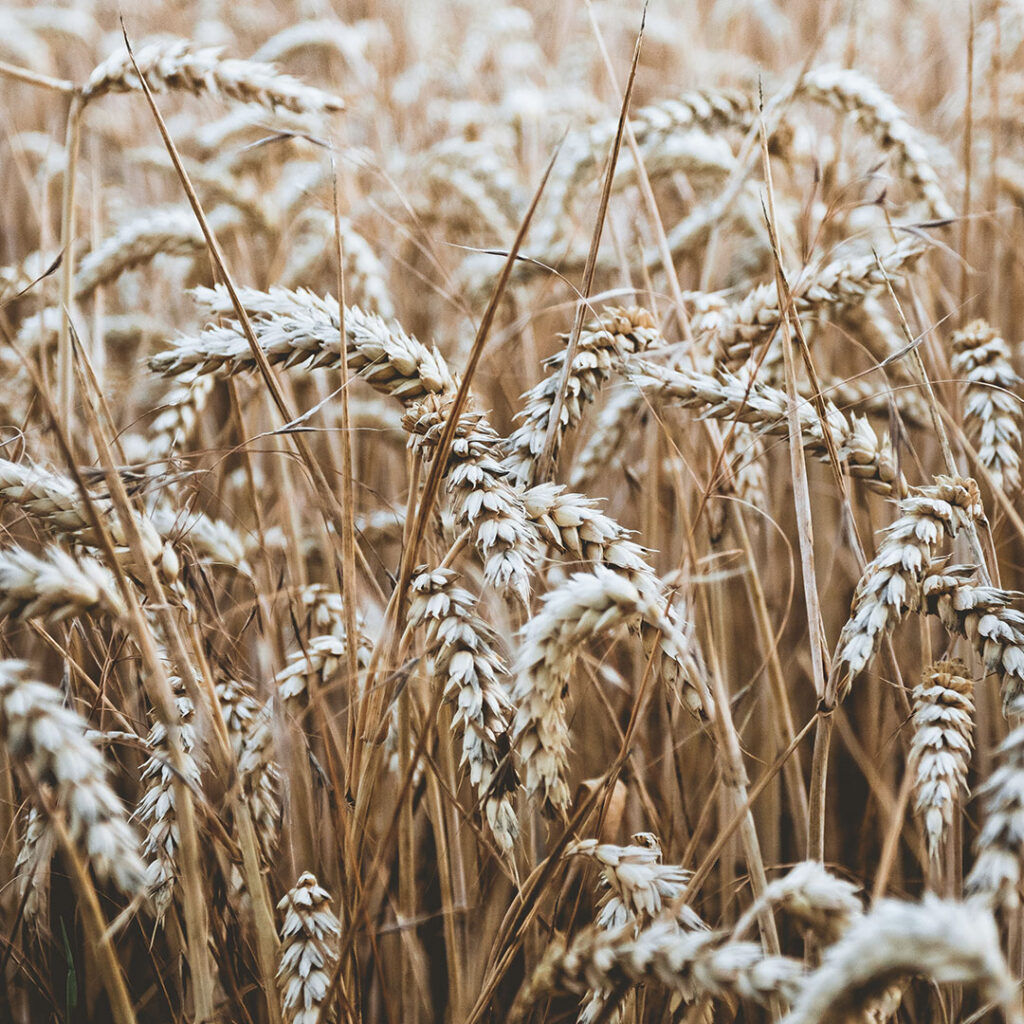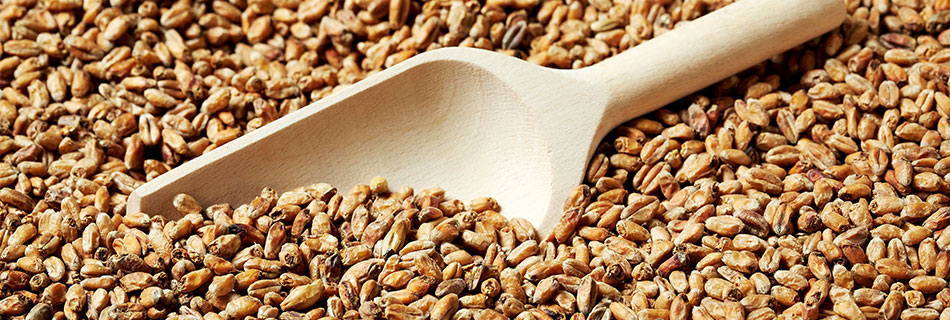Most beer lovers know what wheat brings to beer: a creamy texture, a hint of tartness, and a smooth mouthfeel. Although barley now dominates brewing, this was not always the case. The history of wheat beer is, in fact, the history of beer itself.

More than 8,000 years ago, Sumerians brewed beer with spelt, a variety of wheat. This means the earliest known beers were wheat beers. The next few millennia remain unclear, but by the 14th century, wheat beer had gained popularity in Europe.
Wheat beer has multiple origin stories, as different regions used wheat in brewing. However, the most significant developments occurred in Belgium and Germany.
Witbier in Belgium
Belgium, with its rich brewing history, embraced wheat beer early on. By the 16th century, Witbier had become a prominent style, as brewers experimented with wheat.
Three centuries later, Witbier nearly vanished. Fortunately, dairyman Pierre Celis revived it. When he could no longer find his favourite beer, he started his own brewery. Today, the legendary Hoegaarden brewery continues to produce one of the world’s most beloved Witbiers.
Weizen in Germany
Wheat beer thrived in Bavaria during the Middle Ages. However, war and crop failures in the 15th century led to restrictions. Since bread was more essential than beer, the Reinheitsgebot forbade wheat in brewing. Although exceptions existed, barley became far more common. Not until the late 20th century did wheat beers regain their popularity.
Today, even wheat beers contain barley. Wheat malt contributes only part of the grain bill, as it lacks sufficient enzymes for fermentation. These beers often appear cloudy, with strong yeast flavours and minimal hop presence.

Wheat beer styles
Witbier
Also called Blanche, Witbier is a classic Belgian wheat beer. Unlike German wheat beers, Belgian brewers may add spices. As a result, coriander and lemon peel often feature in Witbier recipes, creating a refreshing and aromatic beer.
Lambic
Unlike most wheat beers, Lambic is hyper-local. Authentic Lambic comes only from Belgium’s Zenne Valley or Pajottenland. Brewers combine wheat, malted barley, and hops, then leave the mixture to spontaneously ferment in oak barrels. The result is a complex, sour beer with a unique character.
Weissbier / Weizen
This traditional German wheat beer has a yeasty profile, often with banana-like aromas. The unfiltered version, Hefeweizen, retains yeast for a cloudy appearance. Kristallweizen is filtered for clarity, while Dunkelweizen includes roasted malt—such as Black Swaen Chocolate Wheat—for added depth. Weizenbock, a stronger version, combines wheat beer’s smoothness with the richness of a bock.
Berliner Weisse
Though related to Weissbier, Berliner Weisse stands apart. This beer is intensely dry and sour, with a mouth-puckering tartness. Originally, Berlin brewers created it to rival Cologne’s Kölsch.
Gose
Often overlooked, Gose originated in the German town of Goslar. This sour wheat beer stands out due to its addition of salt—and sometimes herbs. As a result, it is one of the few German beers brewed outside the Reinheitsgebot.
American Pale Wheat
American brewers love reinventing classic styles. Their take on Hefeweizen shifts the flavour profile from banana and clove to citrus notes like orange and lemon.
White IPA
With the explosion of IPA popularity, brewers sought ways to innovate. One such experiment led to White IPA, blending hop-forward bitterness with wheat beer’s floral softness. Some say it combines the best of both worlds—either way, it tastes like summer!
Wheat Wine
No, this isn’t a different drink! Just as barley wines emerged as high-alcohol beers, wheat-based strong ales became known as wheat wines. These beers can exceed 17% ABV, offering rich, bold flavours.
Grodziskie
Also called Grätzer, this Polish wheat beer boasts a smoky character. Brewers achieve this by using smoked wheat malt, while the region’s high-mineral water further enhances its distinct flavour.
Brewing wheat beer
High protein content gives wheat beers their signature haze. However, wheat lacks husks, making lautering difficult. Many brewers solve this by adding rice hulls, which provide filtration without affecting flavour.

If you want to brew with wheat, explore our Swaen Wheat Classic and Wheat Dark. To add colour and caramel notes, try Gold Swaen Wheat Light or Dark. For darker styles, consider Black Swaen Coffee Light Wheat, Black Wheat, or Chocolate Wheat. If the environment matters to you, Green Swaen Wheat Classic offers an organic alternative.


